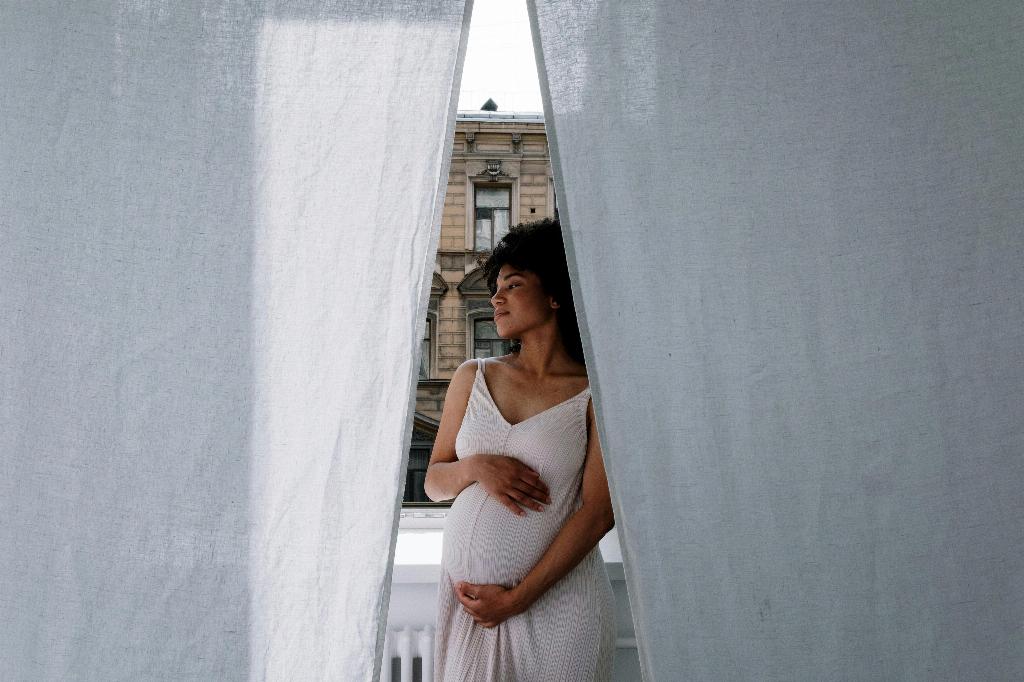When it comes to the positioning of a Cesarean cut during childbirth, there are specific factors that come into play. The primary objective is to ensure the safety of both the mother and the baby while facilitating a smooth delivery process.
Location of the Incision
Typically, after the administration of anesthesia, the doctor proceeds to make an incision on the skin of the abdomen. This incision is usually made horizontally, approximately 1-2 inches above the pubic hairline. This particular location is often referred to as “the bikini cut” due to its lower placement on the abdomen.
Reasons for the Specific Placement
The positioning of the Cesarean cut is carefully chosen to allow for optimal access to the uterus while minimizing potential complications during the surgery. Placing the incision slightly above the pubic hairline helps in ensuring better visibility and control during the procedure.
Minimizing Scarring
Additionally, the lower positioning of the incision plays a role in reducing the visibility of the scar post-surgery. By placing the cut in an area that is naturally covered by most clothing, women can feel more confident about their bodies following a Cesarean delivery.
Implications for Future Pregnancies
The strategic placement of the Cesarean cut also takes into consideration the potential impact on future pregnancies. By making the incision in a specific location, doctors aim to minimize any adverse effects on the integrity of the uterus for subsequent pregnancies.
Ensuring Proper Healing
Proper wound healing is crucial after a Cesarean section, and the positioning of the incision plays a vital role in this process. By placing the cut in an area that experiences less strain and movement, it allows for the wound to heal effectively with minimal complications.
Consultation with Medical Professionals
It is essential for expectant mothers to discuss the specifics of the Cesarean procedure, including the positioning of the incision, with their healthcare providers. This open dialogue helps in addressing any concerns and ensuring a clear understanding of the surgical process.
Personalized Care and Attention
Every Cesarean delivery is unique, and medical professionals tailor their approach based on individual circumstances. Factors such as the mother’s anatomy, previous surgical history, and specific medical conditions are taken into account when determining the optimal positioning of the incision.
Enhancing Patient Experience
Efforts are continuously made to enhance the overall patient experience during Cesarean deliveries. By carefully considering the positioning of the incision, medical teams strive to provide women with a safe and comfortable childbirth experience while promoting positive outcomes for both mother and baby.
Postoperative Care and Monitoring
Following a Cesarean section, diligent postoperative care and monitoring are crucial for a smooth recovery. Healthcare providers work closely with patients to ensure proper wound care, pain management, and overall well-being in the days and weeks following surgery.
Embracing the Journey of Motherhood
While the Cesarean cut may be a necessary aspect of childbirth in certain cases, it is important for women to embrace the journey of motherhood in all its forms. Each Cesarean delivery signifies the remarkable strength and resilience of mothers as they welcome their newborn into the world.
Partnership with Healthcare Providers
Throughout the entire process of pregnancy, delivery, and postpartum care, establishing a partnership with healthcare providers is key. By fostering open communication and trust, women can navigate the challenges of Cesarean deliveries with confidence and support from dedicated medical professionals.

